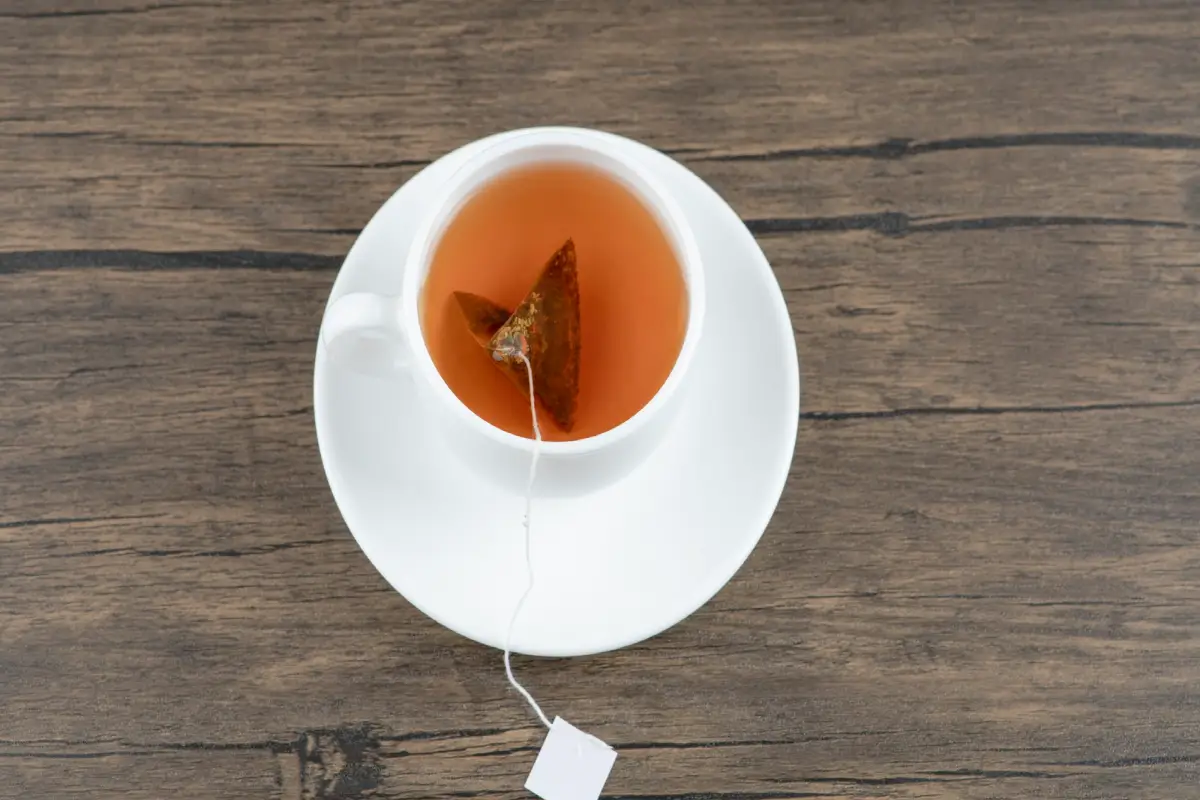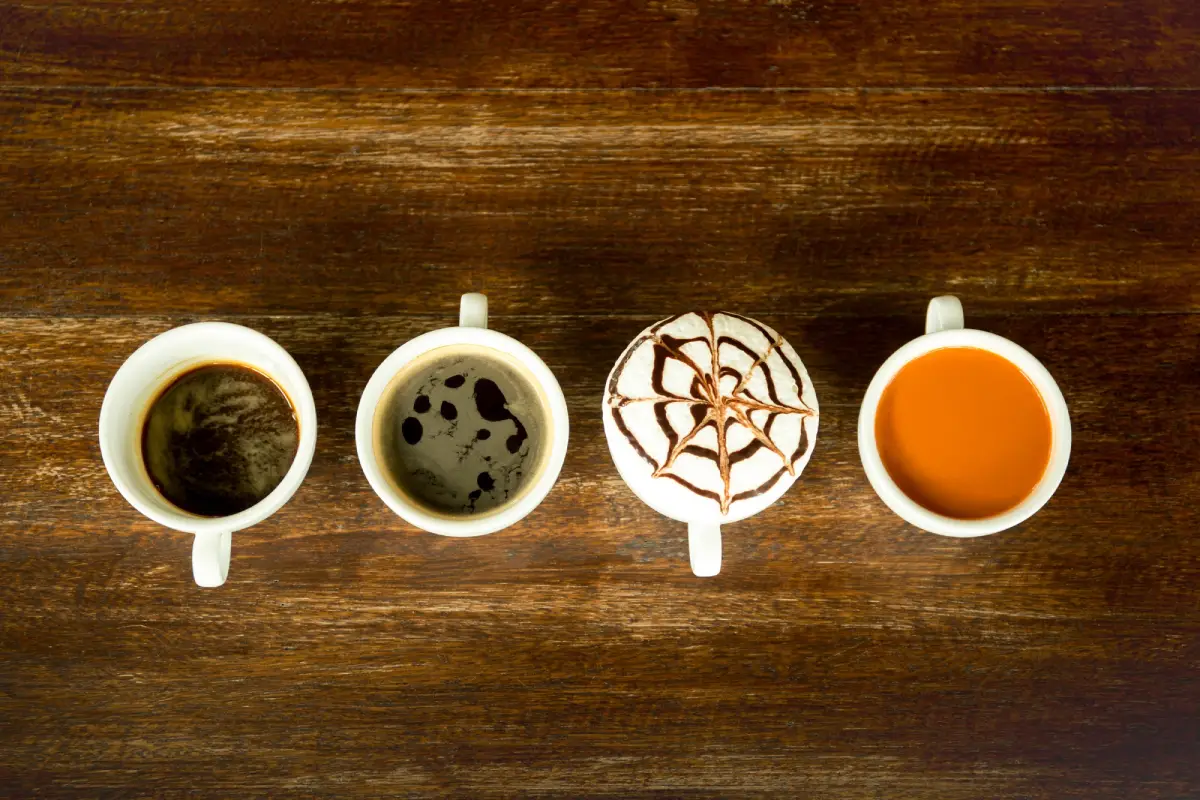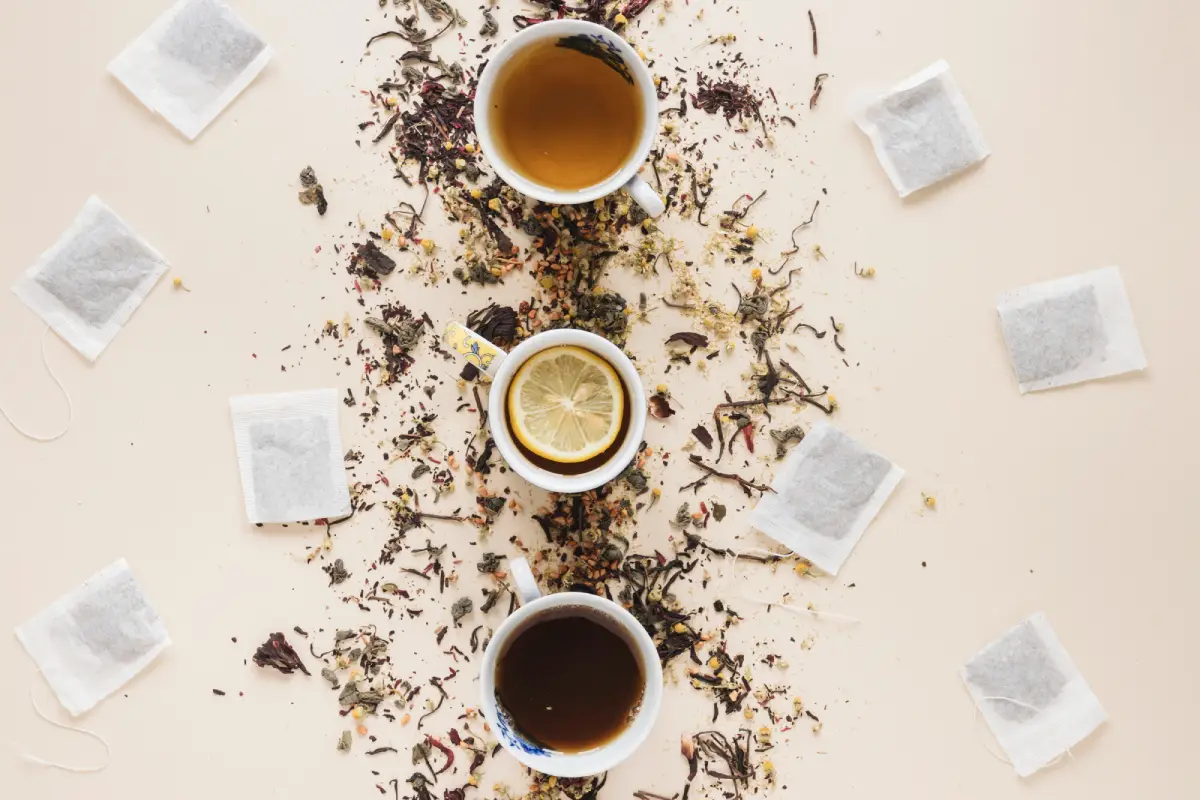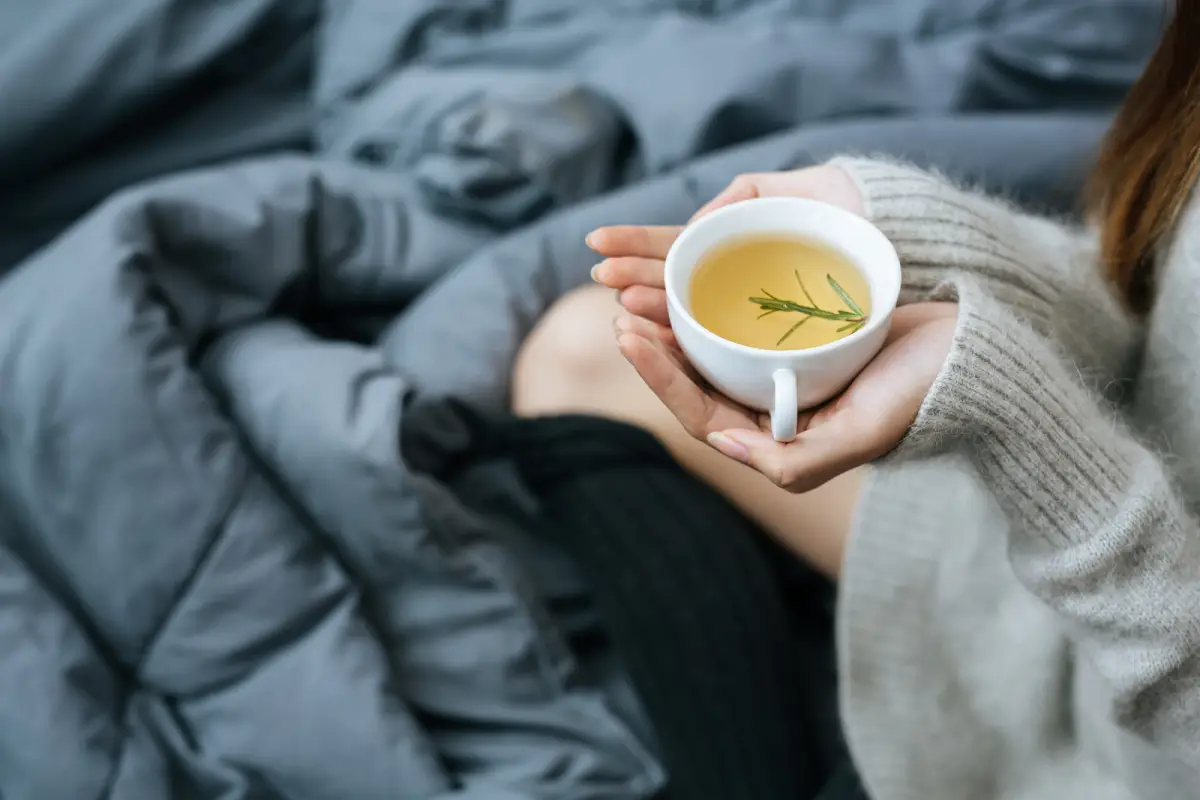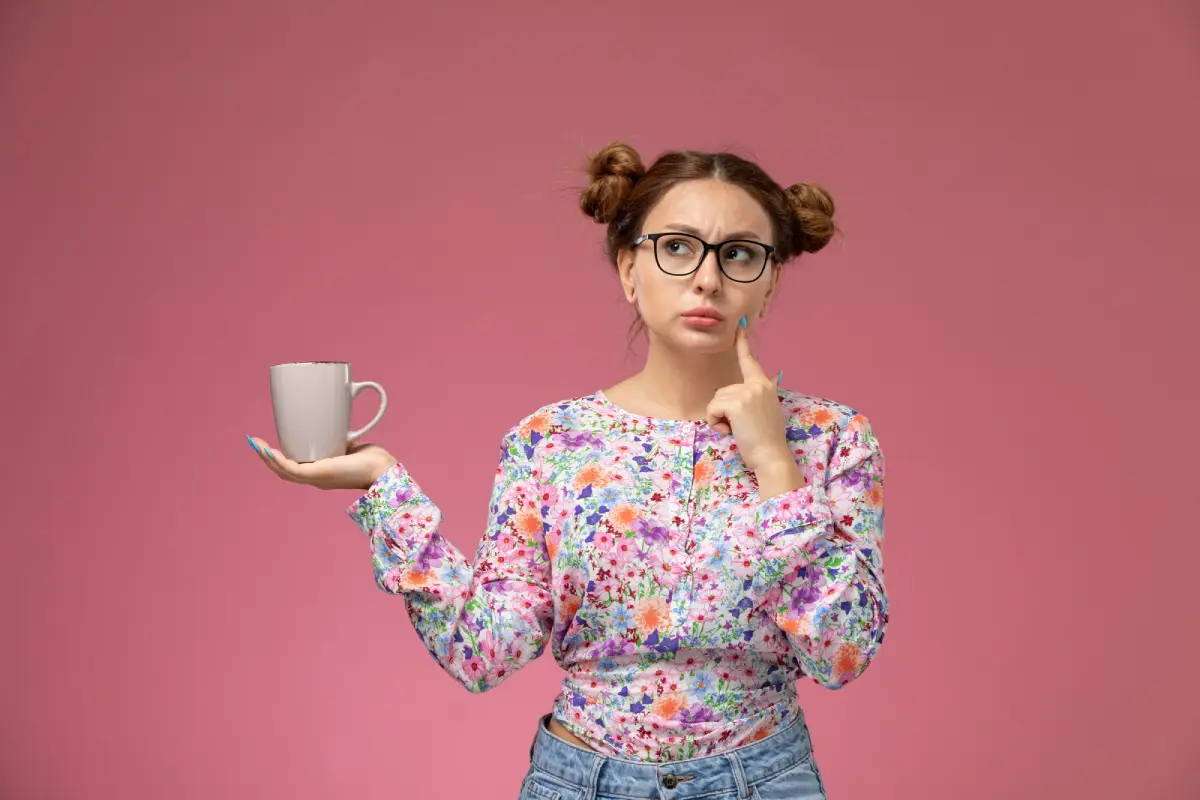Welcome to our comprehensive guide on the caffeine content of Earl Grey tea. In this exploration, we’ll unveil the truth about how much caffeine is in Earl Grey tea, comparing it with coffee and other teas to help you understand its place in your daily routine. Whether you’re curious about choosing Earl Grey for your morning boost or considering it as a soothing evening option, this article provides all the insights you need.
Knowing the caffeine content in Earl Grey is important. It helps you make choices that align with your health and lifestyle needs. Whether you’re managing caffeine sensitivity, trying to cut down, or curious about how Earl Grey stacks up against other drinks, we’ve got the answers.
Let’s dive into the caffeine content of Earl Grey tea. We’ll explore what affects it, compare it to coffee, and see if it’s a good choice before bed. If you love Earl Grey or are just getting to know it, this journey will reveal all you need to know about its caffeine content.
Comparing Earl Grey Tea and Coffee: A Caffeine Perspective
Earl Grey tea and coffee are two favorites around the world, offering distinct caffeine experiences. Here’s a closer look at their differences and why you might choose Earl Grey.
Earl Grey Tea vs. Coffee
Firstly, a typical cup of Earl Grey has about 30 to 60 mg of caffeine. Coffee, on the other hand, packs a stronger punch with 95 to 200 mg per cup. Consequently, Earl Grey emerges as a softer option for those mindful of their caffeine consumption.
Benefits of Choosing Earl Grey Over Coffee
Moreover, picking Earl Grey over coffee comes with several perks. For starters, it’s kinder to those sensitive to caffeine, offering a smoother energy boost. Additionally, Earl Grey teems with antioxidants, contributing to heart health and stress relief.
Furthermore, Earl Grey serves as a delightful pick-me-up that’s lower in caffeine. Its unique taste wins over many tea enthusiasts. Whether kicking off your day or needing an afternoon boost, Earl Grey gives a gentle uplift without coffee’s robust caffeine surge.
Discover why Earl Grey’s unique flavor makes it a preferred choice for many, beyond just caffeine content, in our detailed exploration here. This encourages readers interested in flavor comparisons.
Caffeine Content in Multiple Bags of Earl Grey Tea
Using more than one bag of Earl Grey tea for a stronger or larger cup is common. But, this changes the caffeine content. Let’s look at what happens and how to manage your caffeine intake with Earl Grey tea.
Doubling Up: The Caffeine Impact
When you add a second bag of Earl Grey, the caffeine content increases. One bag has 30 to 60 mg of caffeine. So, two bags might give you 60 to 120 mg. This amount is less than a strong coffee but still significant for those watching their caffeine.
Tips for Managing Caffeine Intake
There are ways to enjoy a strong Earl Grey without too much caffeine. One approach is to steep the tea for less time. This method reduces caffeine but keeps the flavor strong. Another way is to mix one regular Earl Grey bag with a decaf one. This mix gives you full flavor without doubling the caffeine.
Our journey with “Earl Grey Tea: Discover Its Unique Flavor and Benefits” shows us how to enjoy Earl Grey responsibly. Using more bags increases flavor and caffeine. Yet, with the right approach, you can enjoy your tea just the way you like it, without worrying about too much caffeine.
In conclusion, adding extra Earl Grey bags does enhance flavor but also raises caffeine levels. Simple strategies can help you enjoy a richer Earl Grey taste while managing caffeine. This way, every cup is enjoyable and mindful, fitting perfectly into your daily routine.
Is Earl Grey Tea a Good Bedtime Choice?
Many tea enthusiasts enjoy a warm cup of Earl Grey in the evening. However, when it comes to sleep, the caffeine content raises questions. Let’s explore whether Earl Grey tea is a suitable choice before bed and offer some tips for those who love their evening tea ritual.
Earl Grey and Sleep
Earl Grey contains caffeine, which can disrupt sleep patterns for some people. The amount of caffeine in Earl Grey is less than coffee, but it might still affect sensitive individuals. If you find caffeine impacts your sleep, you might want to enjoy Earl Grey earlier in the day.
Tips for Nighttime Tea Drinking
For those who cherish a cup of tea at night, there are ways to enjoy Earl Grey without compromising sleep. Choosing a decaffeinated version of Earl Grey allows you to savor its distinctive flavor without the caffeine. Another tip is to limit your intake to one cup and enjoy it a few hours before bedtime, giving your body time to process the caffeine.
In linking back to our broader discussion in “Earl Grey Tea: Discover Its Unique Flavor and Benefits,” considering Earl Grey’s suitability as a bedtime drink enhances our understanding of how to enjoy tea in harmony with our sleep health. Earl Grey, with its comforting aroma and taste, can still be part of your evening routine, provided you make choices that align with your body’s response to caffeine.
In summary, while Earl Grey tea’s caffeine content may not make it the ideal bedtime beverage for everyone, there are workarounds for those who can’t resist its allure at night. By opting for decaffeinated Earl Grey or adjusting your timing, you can continue to enjoy this beloved tea without disturbing your sleep, ensuring that your nights are as restful and rejuvenating as they should be.
Which Tea Has the Most Caffeine?
For those curious about how Earl Grey compares to other teas in terms of caffeine content, this section will provide a clear perspective. Understanding the caffeine landscape across different teas can help you make informed decisions about your tea choices throughout the day.
The Caffeine Spectrum in Tea
Teas can vary widely in their caffeine content, primarily depending on the type of tea leaf and processing method. Black tea, which is the base for Earl Grey, generally has a moderate level of caffeine, ranging from 30 to 60 mg per cup. This places Earl Grey in the middle of the caffeine spectrum among teas.
Green tea, often perceived as a lighter option, contains slightly less caffeine, usually around 20 to 45 mg per cup. White tea has even less, with about 15 to 30 mg per cup. On the higher end, matcha, a powdered form of green tea, can contain as much as 70 mg per serving due to its concentrated form.
Positioning Earl Grey Within the Spectrum
When comparing Earl Grey to other teas, it’s evident that it offers a balanced caffeine content that suits many preferences. It provides a moderate boost without the higher caffeine levels found in matcha or some robust black teas. This makes Earl Grey a versatile choice, suitable for mornings or afternoons when you seek a gentle uplift without overwhelming your system.
In the context of “Earl Grey Tea: Discover Its Unique Flavor and Benefits,” recognizing where Earl Grey stands in terms of caffeine content among different teas enriches our appreciation for its place in our daily routines. It strikes a fine balance, offering enough caffeine to awaken the senses while still being gentle enough for those sensitive to caffeine’s effects.
In conclusion, while Earl Grey does not top the list of teas with the most caffeine, its moderate level is a perfect middle ground for many tea drinkers. By understanding the caffeine content in various teas, you can tailor your tea consumption to match your energy needs and preferences, making each cup a mindful part of your day. Whether you’re in the mood for the calming effect of white tea or the energizing boost of matcha, knowing the caffeine content helps you navigate your choices, with Earl Grey serving as a beloved standard in the world of tea.
FAQs
How much caffeine is in Earl Grey tea vs. coffee?
Earl Grey tea has about 30 to 60 mg of caffeine per cup. Coffee, however, can contain 95 to 200 mg. This shows Earl Grey as a gentler option.
How much caffeine is in 2 bags of Earl Grey?
Using two Earl Grey bags can lead to 60 to 120 mg of caffeine per cup. This is more than one bag but still less than many coffees.
Is Earl Grey tea good for sleep?
Earl Grey has caffeine, which might affect sleep. Opting for decaffeinated versions or drinking it earlier can help if you’re sensitive.
Which tea has the most caffeine?
Matcha tops the list with about 70 mg of caffeine. It’s a concentrated tea, which explains the higher content. Earl Grey offers a moderate amount.
Conclusion
Our detailed look at “How Much Caffeine is in Earl Grey Tea?” offers insights into making informed tea choices. Earl Grey is a classic, balancing flavor with a moderate caffeine kick. It suits those cutting back on caffeine or seeking a milder morning start.
This guide hopes to enrich your tea experience, combining tradition with wellness. Earl Grey tea, with its unique blend, invites moments of calm and connection. Whether alone or shared, it’s a tea that celebrates flavor and mindfulness.

